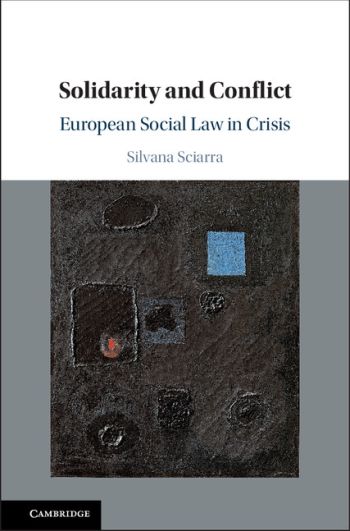
The ongoing austerity crisis is being felt in all sectors of EU law, but has had a particularly severe impact on labour law.
Silvana Sciarra, a leading judge and scholar of EU employment law, considers how solidarity regimes have been shaken by the crisis. She brings together existing European policies in social and employment law, to enhance synergies and developments in a post-crisis discourse. She looks at reactions of national constitutional courts to austerity measures and of international organizations in re-establishing respect of fundamental workers' rights. Criticizing soft law approaches in employment policies, she favours recourse to binding measures connected with selective financial incentives through European funds. She highlights developments in European sector social dialogue and new horizons of transnational collective bargaining in large multinationals.
Taking a positive, practical approach, Sciarra shows how social policies can enhance solidarity and social cohesion, through European financial support.